Understanding Salmon Portions
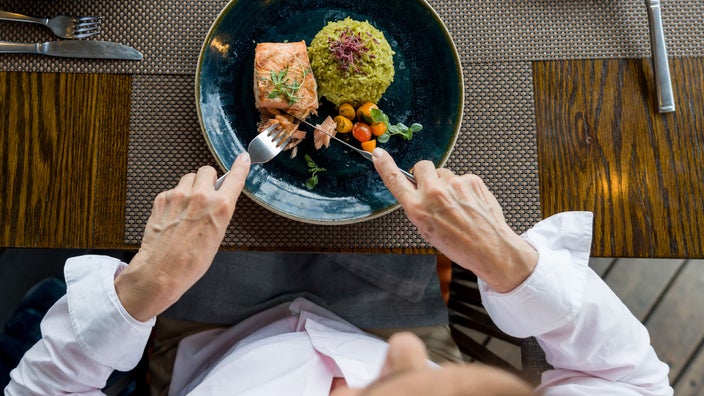
When it comes to portioning salmon for meals, it is important to have a good understanding of the different cuts and factors to consider. Salmon can be found in various cuts such as fillets, steaks, and whole fish. The thickness and size of each cut will determine the ideal portion size. Factors to consider include the number of servings needed, individual appetites, and dietary preferences. By properly portioning salmon, you can ensure that everyone at your meal is satisfied and receiving the recommended serving size for a healthy and enjoyable dining experience.
Types Of Salmon Cuts
Salmon comes in various cuts that can be used for different culinary purposes. The most common types of salmon cuts include fillets, steaks, and whole fish.
- Fillets: Fillets are the most popular cut of salmon. They are boneless and can be cut from either sides of the fish. Fillets are versatile and can be cooked using a variety of methods such as grilling, baking, or searing.
- Steaks: Salmon steaks are cross-cut slices taken from the fish, including the backbone. They have a more robust texture and are well-suited for grilling or broiling.
- Whole fish: Whole salmon is often preferred for special occasions or when cooking for a large group. It can be cooked in various ways, such as baking, poaching, or smoking.
It is important to choose the right cut of salmon based on your cooking method and personal preference.
Factors To Consider When Portioning Salmon
When portioning salmon for meals, there are several important factors to consider. These include the appetites of your guests, the presence of other dishes, and the cooking method you plan to use. If you have guests with larger appetites or if salmon is the main dish, you may want to allocate a larger portion per person. Additionally, if you have a variety of side dishes, you may be able to portion the salmon slightly smaller. It’s also important to consider the cooking method, as certain methods like grilling or broiling may result in slightly smaller portions due to potential shrinkage. Overall, considering these factors will help ensure that you properly portion the salmon for your meals.
Portioning Salmon For Meals
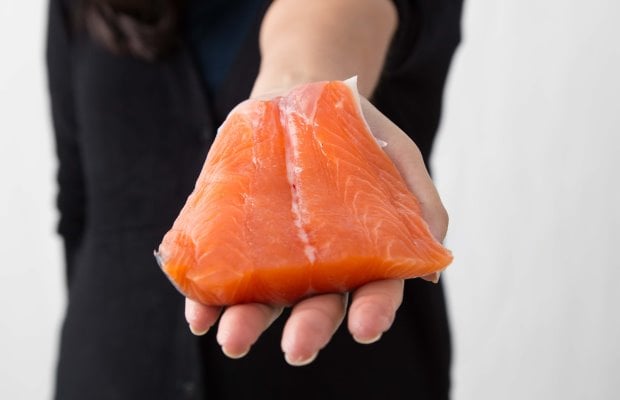
When it comes to portioning salmon for meals, it’s important to consider the recommended serving sizes. Typically, a portion of salmon per person ranges from 4 to 6 ounces. However, other factors should also be taken into account, such as the appetites of your guests and the presence of other dishes. It’s essential to strike a balance that satisfies everyone without leaving them feeling too full or wanting more. So, whether you’re planning a dinner party or a family meal, keep these portioning guidelines in mind to ensure everyone enjoys a delicious and satisfying meal.
Recommended Serving Sizes For Salmon
The recommended serving size for salmon is typically 4 to 6 ounces per person. This portion size ensures that individuals receive an adequate amount of protein and essential nutrients. However, it’s important to take into account other factors such as appetite and the presence of other dishes. When serving cooked salmon, the recommended serving is around 3.5 ounces per person. This is equivalent to the size of a deck of cards and is in line with the American Heart Association’s recommendation of consuming at least two servings of fatty fish like salmon per week.
Tips For Properly Portioning Salmon
- Invest in a good quality kitchen scale to accurately measure the weight of your salmon portions.
- Use a sharp knife to cut the salmon into equal-sized portions, ensuring a consistent cooking time.
- If serving a large group, consider purchasing a whole side of salmon and cutting it into individual portions.
- Take into account the appetite of your guests when determining portion sizes. Some may prefer a smaller portion while others may want a larger serving.
- If you are unsure about portion sizes, it’s better to err on the side of caution and provide slightly larger portions.
- Keep in mind that some individuals may eat more than one serving of salmon, so having extra portions available is always a good idea.
Cooking Techniques For Salmon Portions
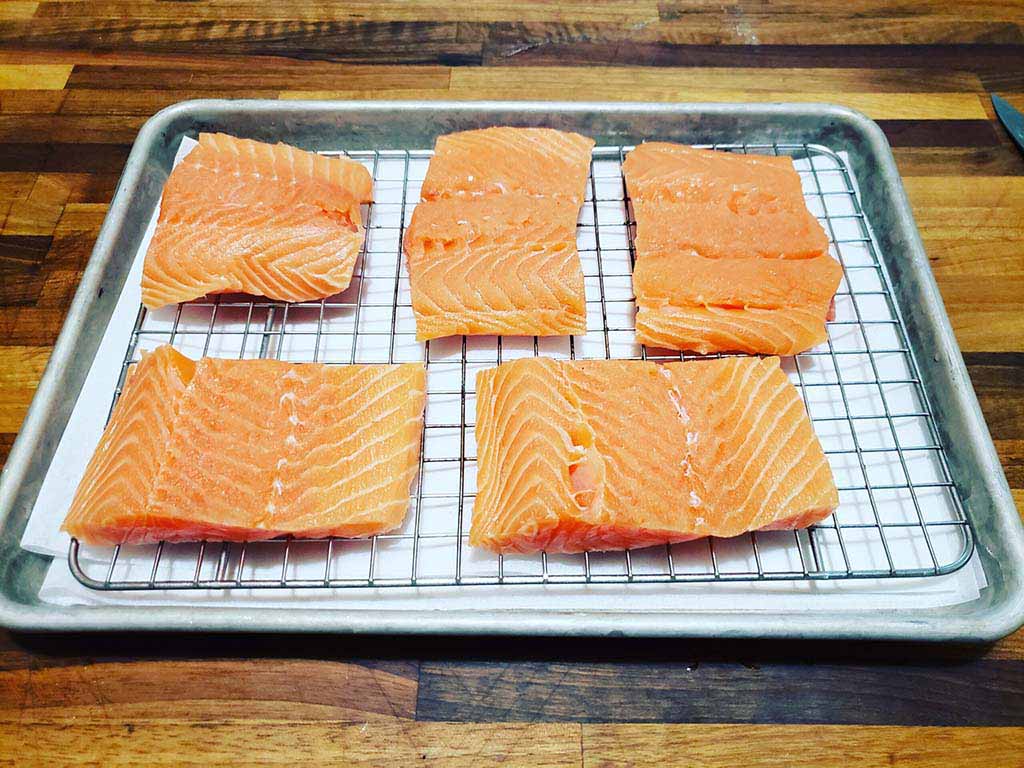
When it comes to cooking salmon portions, there are several techniques you can use to achieve delicious and flavorful results. One popular method is grilling, which imparts a smoky taste and crispy exterior. Another option is pan-searing, which creates a golden crust while keeping the interior moist. Baking is a great technique for cooking salmon portions evenly and allowing for easy seasoning. Poaching is a gentle method that produces tender and moist salmon. Finally, you can also try broiling or steaming for a quick and healthy cooking option. Experiment with these techniques to find your favorite way to prepare salmon portions.
Best Cooking Methods For Salmon
There are several cooking methods that yield delicious and flavorful results when preparing salmon. Grilling is a popular choice as it imparts a smoky taste and creates a crispy exterior. Pan-searing is another great option, creating a golden crust while keeping the interior moist. Baking is ideal for even cooking and easy seasoning, while poaching produces tender and moist salmon. If you’re looking for a quick and healthy option, consider broiling or steaming. Experiment with these techniques to find your favorite way to cook salmon portions.
Seasoning And Flavoring Salmon Portions
When it comes to seasoning and flavoring salmon portions, the possibilities are endless. Some popular options include a simple yet flavorful combination of salt, pepper, and lemon juice. Adding herbs like dill, parsley, or thyme can bring a fresh and aromatic element to the salmon. For a bolder flavor, try incorporating spices like paprika, garlic powder, or cayenne pepper. Marinating the salmon in a mixture of soy sauce, honey, and ginger can infuse it with a sweet and savory taste. Don’t be afraid to get creative and experiment with different seasonings and flavors to enhance the natural taste of the salmon.
Pairing Salmon Portions With Side Dishes
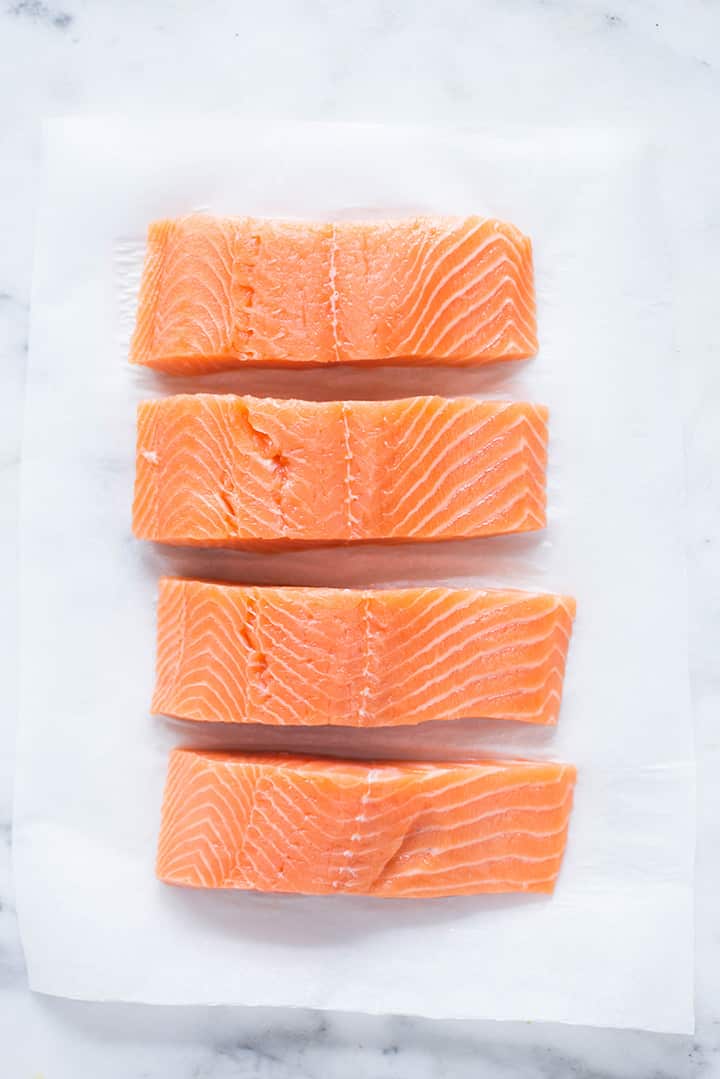
When it comes to serving salmon portions, choosing the right side dishes can enhance the overall dining experience. Opt for healthy options that complement the flavors of the salmon. Some great choices include roasted vegetables like asparagus or Brussels sprouts, steamed broccoli, or a refreshing cucumber salad. You can also pair salmon with grains like quinoa or wild rice, or serve it with a side of mashed potatoes for a comforting meal. Additionally, don’t forget to consider the textures and colors of the side dishes to create a visually appealing plate.
Healthy Side Dish Options For Salmon
When serving salmon, it’s important to choose healthy side dishes that complement its flavors. Some great options include roasted vegetables like asparagus or Brussels sprouts, steamed broccoli, or a refreshing cucumber salad. These options provide a balanced meal with additional nutrients and flavors. You can also pair salmon with grains like quinoa or wild rice to add more sustenance. For a comforting meal, consider serving salmon with a side of mashed potatoes. It’s important to consider the textures and colors of the side dishes to create a visually appealing plate.
Complementary Flavors To Serve With Salmon
When serving salmon, it’s important to consider complementary flavors that enhance its taste. Some great options include citrus fruits like lemon or orange, which add a refreshing acidity to balance the richness of the fish. Other complementary flavors include dill, which adds a fresh and herbaceous note, and garlic, which provides a savory kick. Additionally, you can pair salmon with creamy sauces like hollandaise or aioli to add richness and depth to the dish. Experimenting with different flavor combinations can elevate the dining experience and create a delicious symphony of tastes.
Storing And Preserving Salmon Portions

Storing and Preserving Salmon Portions:
To ensure the freshness and longevity of salmon portions, proper storage is crucial. Fresh salmon portions should be stored in the refrigerator at a temperature of 32-38°F (0-3°C) and used within 2-3 days. To extend the shelf life, you can vacuum-seal the portions or place them in an airtight container. Freezing salmon portions is also an option, allowing you to preserve them for up to 6 months. Make sure to wrap the portions tightly in plastic wrap or aluminum foil before placing them in a freezer bag or container. Label and date the packages for easy identification. When you’re ready to use the frozen salmon, thaw it in the refrigerator overnight before cooking. Following these storage and preservation methods will help maintain the quality and flavor of your salmon portions for future use.
Safely Storing Fresh Salmon Portions
To ensure the freshness and longevity of salmon portions, proper storage is crucial. Fresh salmon portions should be stored in the refrigerator at a temperature of 32-38°F (0-3°C) and used within 2-3 days. To extend the shelf life, you can vacuum-seal the portions or place them in an airtight container. Freezing salmon portions is also an option, allowing you to preserve them for up to 6 months. Make sure to wrap the portions tightly in plastic wrap or aluminum foil before placing them in a freezer bag or container. Label and date the packages for easy identification. When you’re ready to use the frozen salmon, thaw it in the refrigerator overnight before cooking. Following these storage and preservation methods will help maintain the quality and flavor of your salmon portions for future use.
Freezing Salmon Portions For Future Use
To store salmon portions for future use, freezing is an excellent option. Before freezing, tightly wrap the portions in plastic wrap or aluminum foil to prevent freezer burn. Then, place the wrapped portions in a freezer bag or airtight container. Label the packages with the date for easy identification. Frozen salmon can be stored for up to 6 months in the freezer. When you’re ready to use the frozen salmon, thaw it in the refrigerator overnight. Freezing ensures that you always have salmon on hand for a quick and convenient meal.
Conclusion
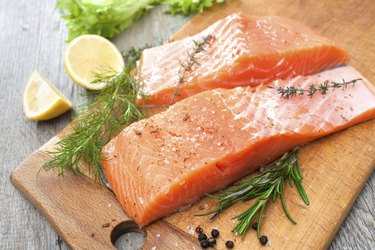
In conclusion, understanding the proper portion size of salmon per person is crucial when preparing meals. Aim for 4 to 6 ounces of salmon for each individual to ensure everyone is satisfied. By properly portioning your salmon, you can avoid wastage and ensure that you have enough for your guests or family. Additionally, consider pairing your salmon with healthy side dishes and flavoring it with complementary seasonings to enhance the overall dining experience. Properly stored and preserved salmon portions can also be a convenient option for future meals. With these tips in mind, you can confidently prepare delicious and well-balanced salmon meals for any occasion.
Summary Of Salmon Portioning Tips
When it comes to portioning salmon for meals, there are a few key tips to keep in mind. Aim for 4 to 6 ounces of salmon per person, taking into consideration factors such as appetites and accompanying dishes. This ensures that everyone is satisfied without wasting any food. Additionally, choose the right salmon cut and cooking method that suits your preferences. Season and flavor the salmon portions to enhance their taste. Pair the salmon with healthy side dishes and complementary flavors. Properly store and preserve any leftover salmon portions for future use. By following these tips, you can enjoy well-portioned and delicious salmon meals every time.
Recipes Using Properly Portioned Salmon
Here are a few delicious recipes that make use of properly portioned salmon:
- Grilled Salmon with Lemon and Dill: Marinate the salmon portions in a mixture of lemon juice, olive oil, and fresh dill. Grill them until cooked through and serve with a squeeze of lemon on top.
- Baked Salmon with Honey Mustard Glaze: Brush the salmon portions with a mixture of honey, Dijon mustard, and minced garlic. Bake in the oven until tender and serve with steamed vegetables.
- Poached Salmon with Herb Sauce: Poach the salmon portions in a flavorful broth made with herbs, lemon, and white wine. Serve with a creamy herb sauce on top.
These recipes are easy to prepare and highlight the natural flavors of the properly portioned salmon. Enjoy!
FAQ About How Much Salmon Per Person: Portioning Fish For Meals
Q: How much salmon should be allocated per person for a meal?
A: A common recommendation is to allocate approximately 6-8 ounces (170-227 grams) of salmon per person for a meal.
Q: What is the suggested cooking method for salmon portions?
A: Salmon portions can be grilled, baked, pan-seared, or even poached based on personal preference and recipe requirements.
Q: Are there any guidelines for portioning salmon for specific dishes?
A: Yes, for dishes like sushi or sashimi, thinner slices are suitable, while for fillets or steaks, consider thicker portions to prevent overcooking.
Q: Should the skin be left on or removed from salmon portions?
A: The skin can add flavor and texture to the dish when cooked properly, so it’s often recommended to leave it on before cooking.
Q: How can one determine the freshness and quality of salmon before portioning?
A: Look for vibrant color, firm texture, and a fresh sea scent when selecting salmon to ensure it’s of high quality for portioning and cooking.
Q: Are there any recommended side dishes to accompany salmon portions in a meal?
A: Popular side dish options include roasted vegetables, quinoa, wild rice, or a garden salad to complement the flavors of the salmon.

Welcome to Braddock Bay Tavern & Grill, where history, delicious cuisine, and stunning views come together to create an unforgettable experience. Our restaurant, situated on the picturesque edge of Lake Ontario, has a rich history that adds a unique charm to your dining experience. The roots of our establishment can be traced back to 1865, when it was first constructed as an icehouse. Over the years, it transformed into the historic Braddock Bay Hotel, becoming a beloved local landmark. Today, we take pride in preserving the building’s historical beauty, ensuring that every visit to our restaurant is a journey through time.